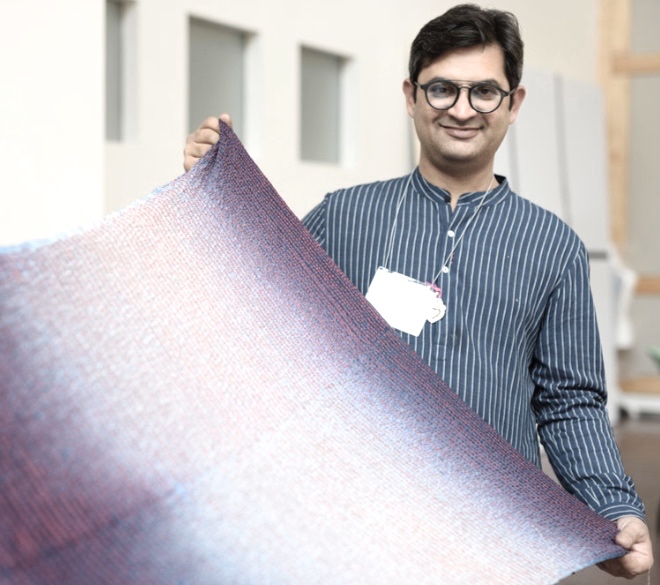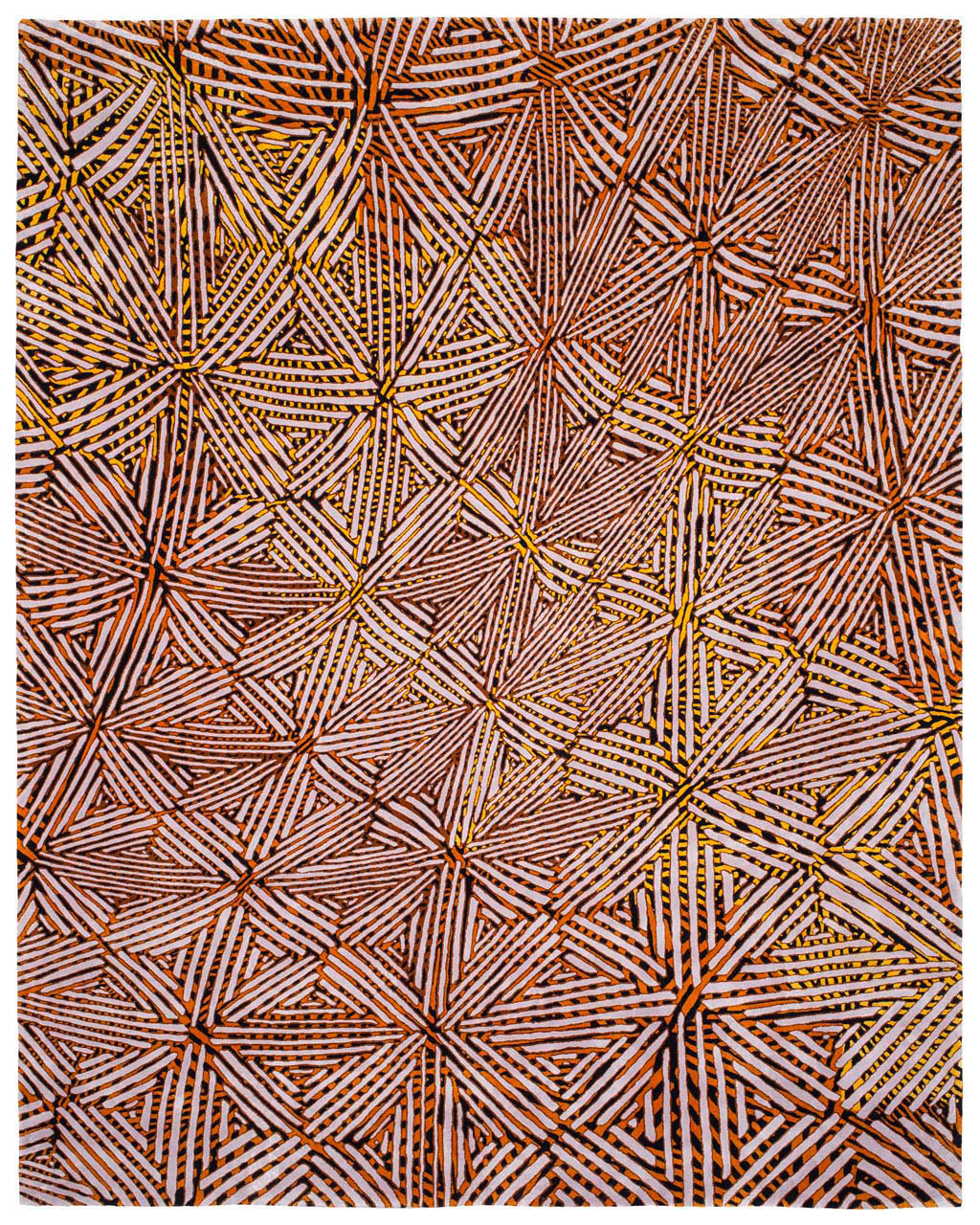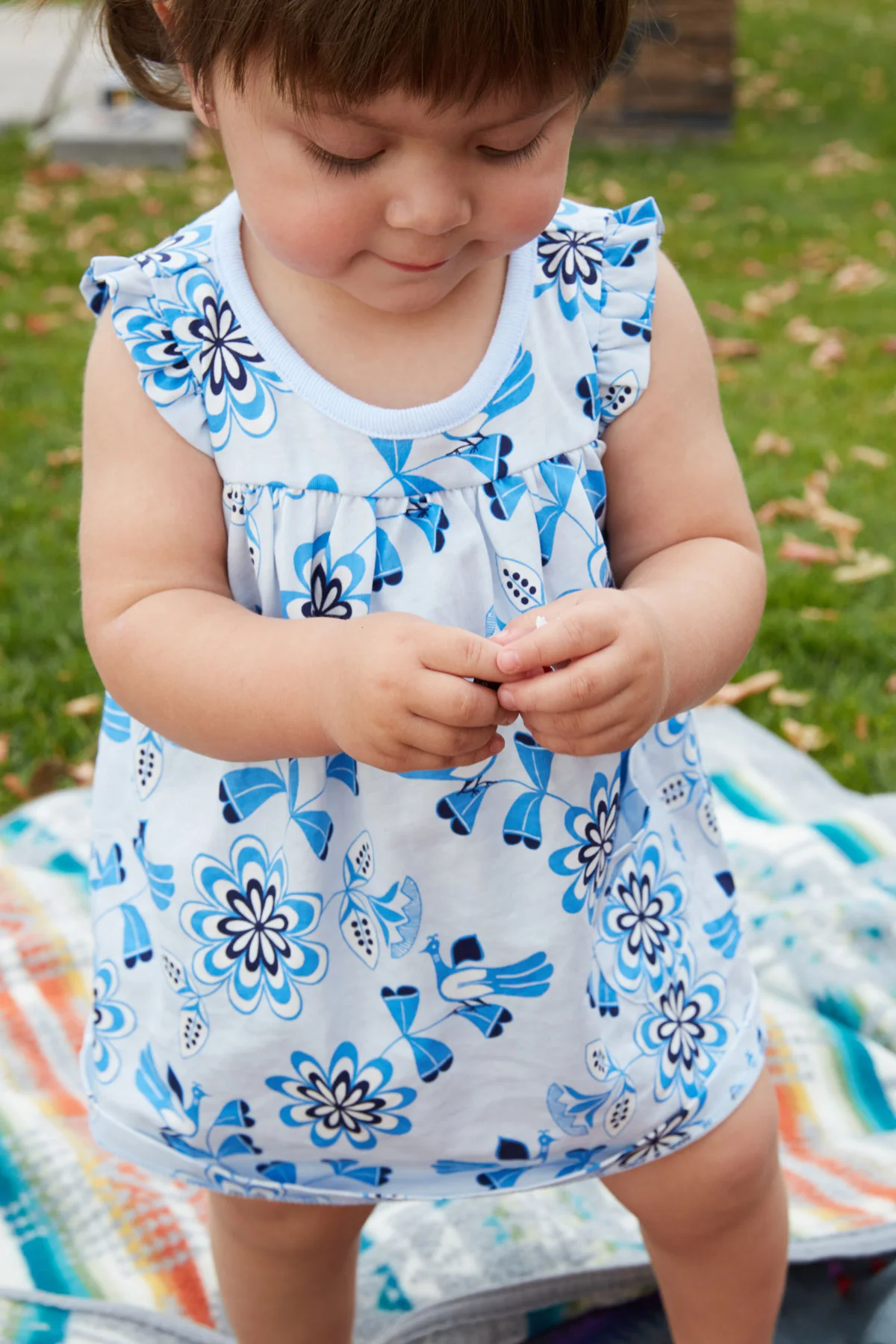Ernest Thompson Furniture of Albuquerque and the Museum of New Mexico Foundation licensing department proudly announce the introduction of The Museum of New Mexico Collection, a furniture collection inspired by pieces in the New Mexico Museum of Art.
In 1917, when the museum was built as the Art Gallery of the Museum of New Mexico, it was dedicated to featuring the art of all New Mexicans. In 1962, the name was changed to the Museum of Fine Arts, and in 2007, it became the New Mexico Museum of Art “to reflect the breadth of New Mexico art.”
Anchoring the northwestern corner of the Santa Fe Plaza, the 1917 building today is an icon of Santa Fe Style. Its story is the inspiration for the collaboration that led to The Museum of New Mexico Collection.
The History
Since its founding in 1610 as the capital city of the Spanish empire in New Mexico Santa Fe has been at the crossroads of history, culture and commerce. Over two hundred years of trade from Europe, Mexico, and Kansas City delivered goods and design styles to this region, which was home to a large Native American population before becoming home to Spanish colonists. In the 20th century, transplants from the East Coast joined the burgeoning community. Over time, the region’s diverse residents blended and reinterpreted the design motifs and craft traditions indigenous to and from outside the region. The result? A unique stylistic expression melding Spanish, Native American and American traditions.
The 1879 arrival of the railroad almost upset this stylistic apple cart. Not only did it transport new visitors and residents, it delivered manufactured household goods, building supplies and elements of the Victorian style in vogue at the time. Newcomers and locals alike were keen to fill their homes with these new goods and to adopt the style of the day. With access to ready-made building materials, there was a rush to build a new style of home—one made of bricks and featuring Victorian detailing instead of the traditional adobe Spanish-style. In the process, many of Santa Fe’s original homes were razed.
In 1912, New Mexico became the 47th state in the U.S. and, with that, came more economic and political pressure to conform to national norms. Sensing progress’s threat to the town’s unique character, a group of prominent historians, anthropologists and architects gathered to discuss re-envisioning the identity of the capital city to ensure its economic viability.
In what would today be called a re-branding exercise, the group formulated a program for developing a signature architectural style blending Spanish and Native American traditions with emerging 20th-century styles. This style and its subtle iterations came to be alternately known as Pueblo Revival, and the New Old Santa Fe Style.
The Makers
Jesse Nusbaum, a teacher and noted anthropologist, played an integral role in the formulation and execution of the New Old Santa Fe Style. In 1911, Nusbaum was picked by Museum of New Mexico founder Edgar L. Hewett to oversee the restoration the Palace of the Governors which was to be the home for the Museum of New Mexico established in 1909. Hewett turned to Nusbaum again to help flesh out the architectural detailing of the Art Gallery of the Museum of New Mexico.
To educate himself about Spanish colonial furniture and architectural traditions of the 18th and 19th centuries, Nusbaum traveled extensively throughout northern New Mexico visiting villages, churches, and homes to gather information on historic furniture details.
Nusbaum’s colleague, Samuel F. Hudelson taught industrial arts for the Indian Service on several reservations before coming to Santa Fe in 1912 to work on the renovation of the Palace of the Governors. In 1921, Hudelson joined the Art Gallery of the Museum of New Mexico as building superintendent. Hudelson was also a gifted furniture maker and built many pieces of furniture for the museum which incorporated Native American pottery and weaving designs .
Nusbaum and Hudelson’s efforts to incorporate these culturally inspired motifs into the architecture and interiors of the 1917 Art Gallery of the Museum of New Mexico, lit the spark that would fan the flames of the 20th-century design movement known as the New Old Santa Fe Style.
The Collection
The Museum of New Mexico Collection, made and distributed by Ernest Thompson, celebrates their influence by reinterpreting some of the key pieces they designed and made.

















































































